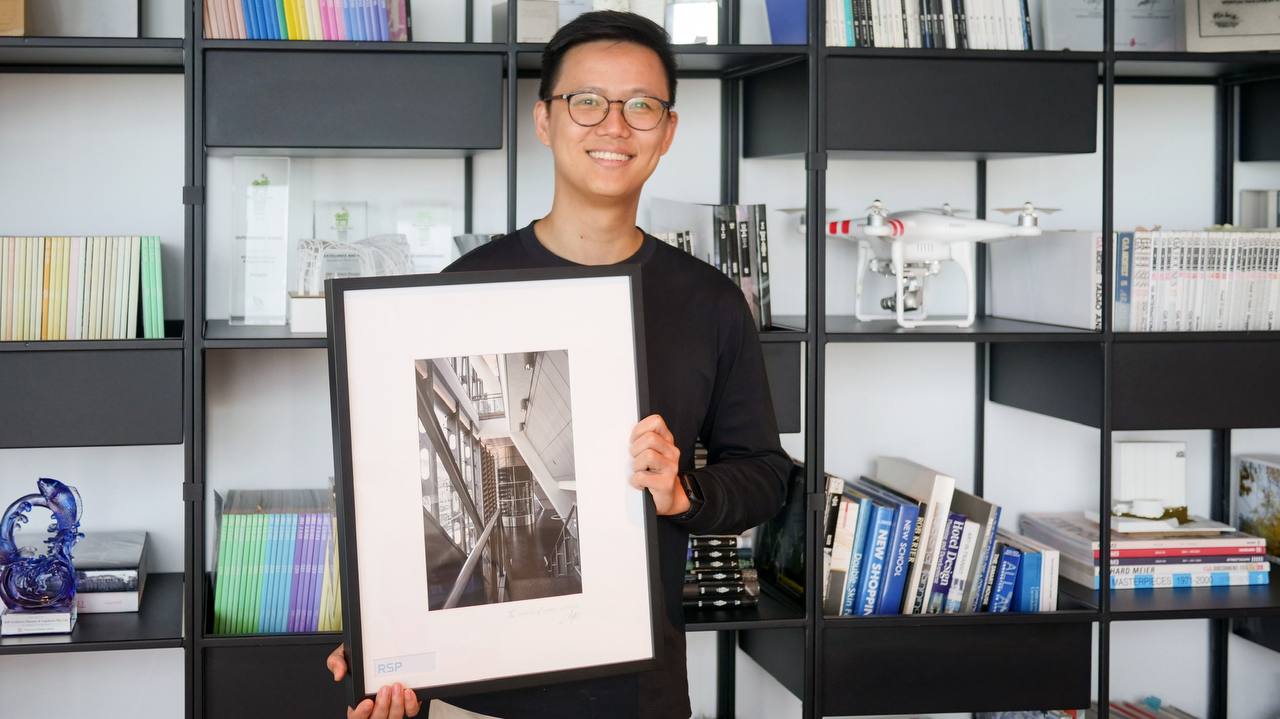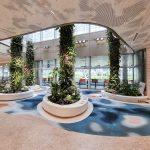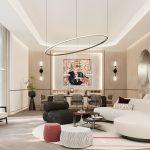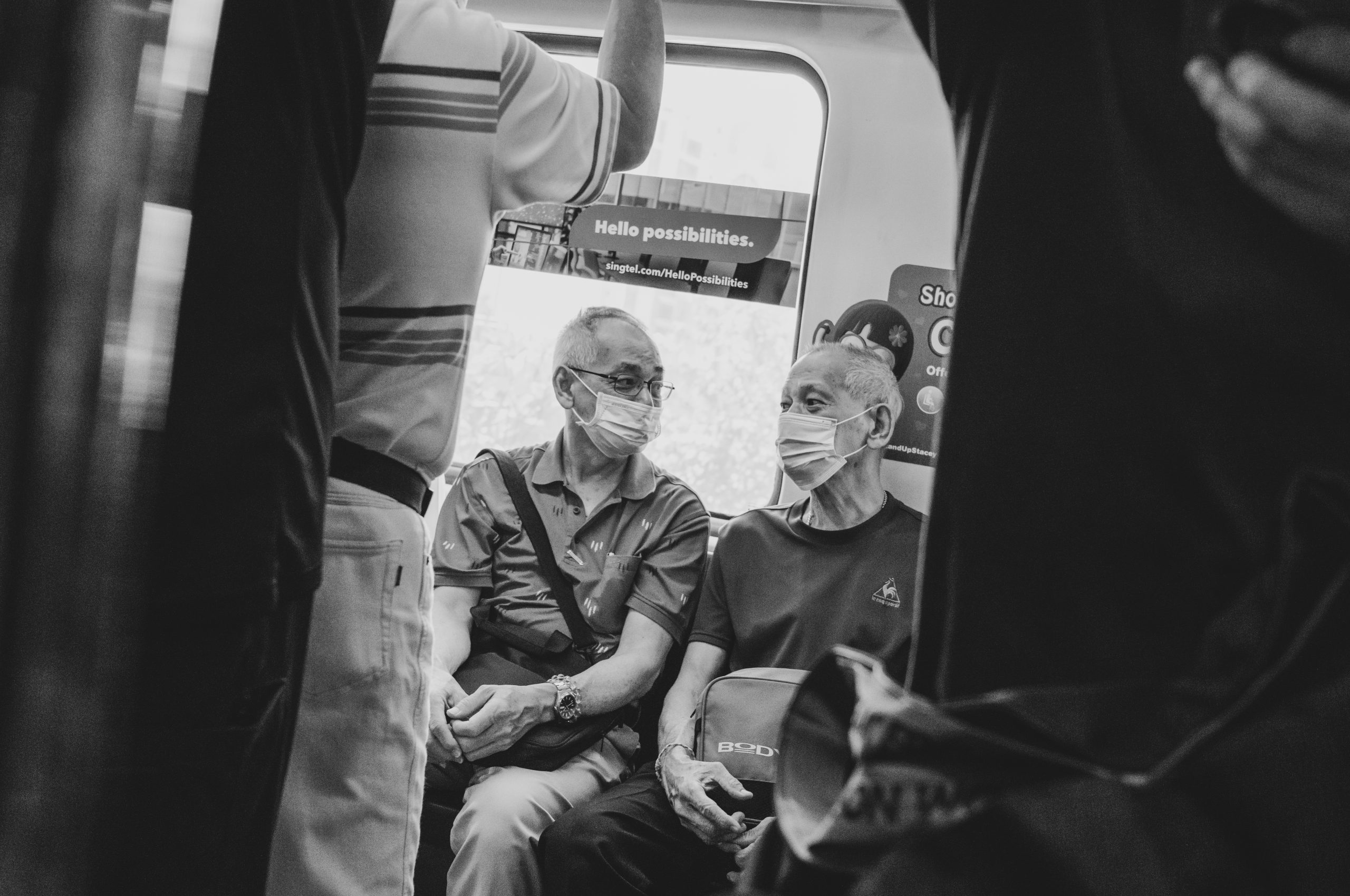
“Life changes, but friendship endures” by Joseph Chua with the Leica M11-P.
Bringing together two iconic brands, RSP orchestrates a visual symphony with Leica camera to present a three-part architecture photography series. Three young architects from RSP, each equipped with a Leica camera that best suited their photography style went out and about to capture a set of photos to narrate their individual stories and experiences, marrying architecture and photography.
In this first part of the series, we speak to Joseph Chua, about his experience with the Leica M11-P and his take on capturing the theme of People and Urbanism through the camera lenses.
Joseph Chua, Corporate Development Lead, RSP.
Joseph Chua, Corporate Development Lead, RSP
With almost 10 years of architectural project experience covering residential, commercial and industrial projects, Joseph combines technical and architectural practice knowledge together to streamline processes and productivity in his role at RSP. Joseph graduated with Bachelor of Environments Major in Architecture (Distinction) from the University of Melbourne, and a specialisation course in UX Design Immersive with General Assembly.
Joseph aspires to support RSP’s efforts to produce architecture which balances the user experience, project value and design quality. He believes that great architectural design lies in empathy – in aspects from occupants to the zeitgeist of any given space. Joseph continues the discourse of architecture into his photography and travel experiences.
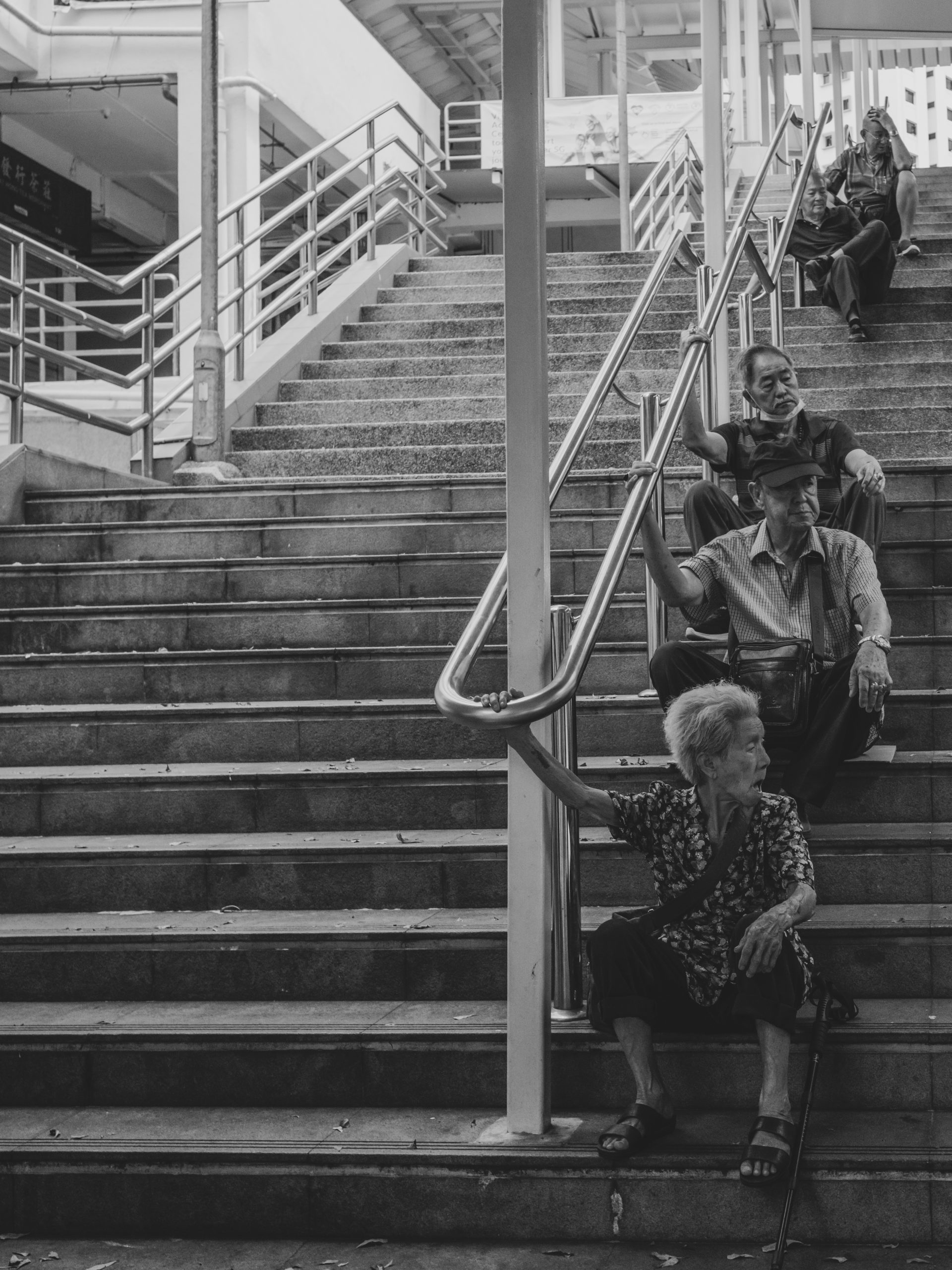
“Taking the proverbial train of life” by Joseph Chua with the Leica M11-P.
Could you share your journey and experience in photography?
I’ve only really picked up the hobby for photography in 2019 when I planned out a trip to New Zealand for 2 weeks. I didn’t want to waste all the good memories and scenery including the starry nights!
After I took the plunge, I was opened up to a new world of perspective learning how to put what we see into a story just by a single shot. Learning to balance how to both enjoy and capture the moments were a challenge, oftentimes I ended up making sure I got the right photo instead of the right experience.
What I truly enjoyed over the past 5 years was the runway of learning, the art continues to evolve as with my expressions through photography. The endless bounds of what a camera can do, still or motion, allows me to make this a life long journey.
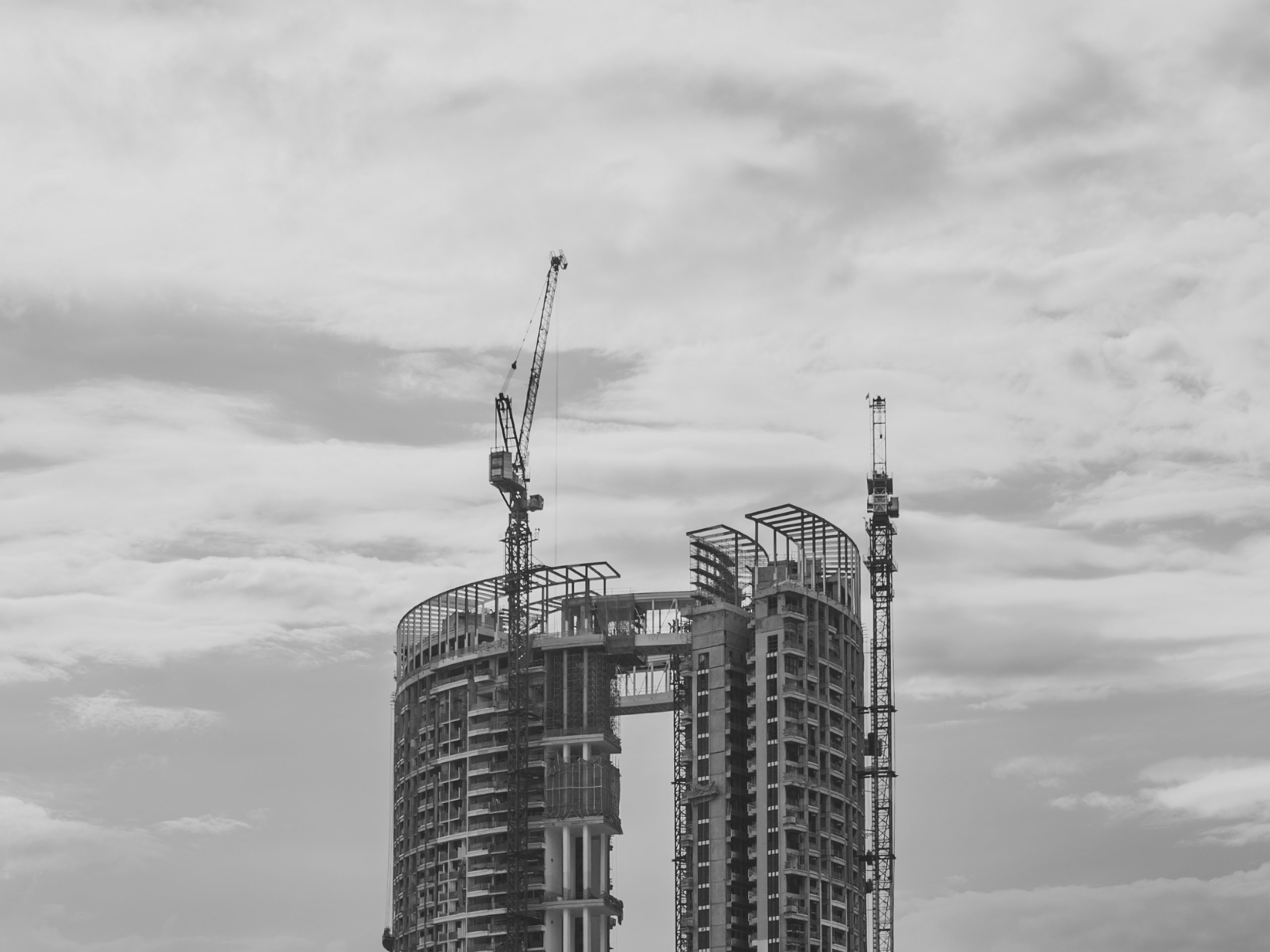
“Reminiscing the iconic figures of Pearl Bank Apartments” by Joseph Chua with the Leica M11-P.
What ignited your passion for photography and prompted you to begin experimenting with a camera?
It was the memory capturing which propelled me towards taking photography seriously and doing justice to what the eye sees.
The deep dive was an all-or-nothing decision, to not capture low effort images and ruin the memory of what I experienced, I needed to learn how a camera worked. To my surprise the technical journey has also been a real joy.

“Navigating life’s journey, one step at a time” by Joseph Chua with the Leica M11-P.
Share your experience with the Leica M11-P camera and how it fits your photography style?
The M11-P is extremely different from what I’m used to, however it further builds onto the story of a world of possibilities.
The full framed, manual focused, wide-angle camera suited my architectural photography, however it was the sharp high mega pixels which took the cake on zooming and finding details I didn’t know existed. The sensor also made shooting in low light conditions extremely easy as the post processing maintained really smooth transitions of light tone.
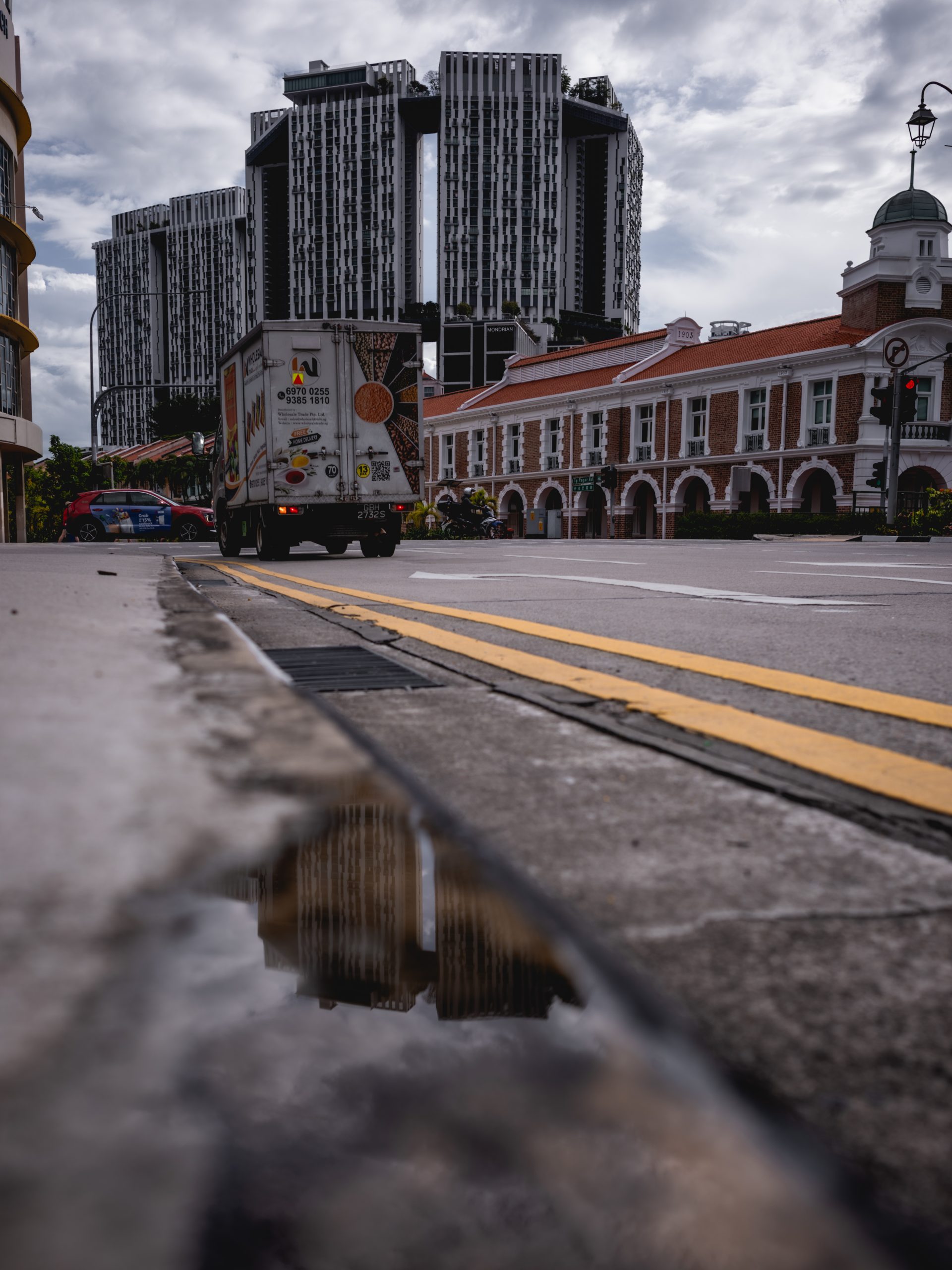
“Downtown Tanjong Pagar” by Joseph Chua with the Leica M11-P.
Share your photography concept and inspirations for this set of photos you took with the Leica M11-P.
The approach was a two-part concept: People and Urbanism.
The 6 images depict a series of events across the town, from intimate interactions between individuals to the public spaces where people and architecture meet, and finally to the public display of architecture, both old and new.
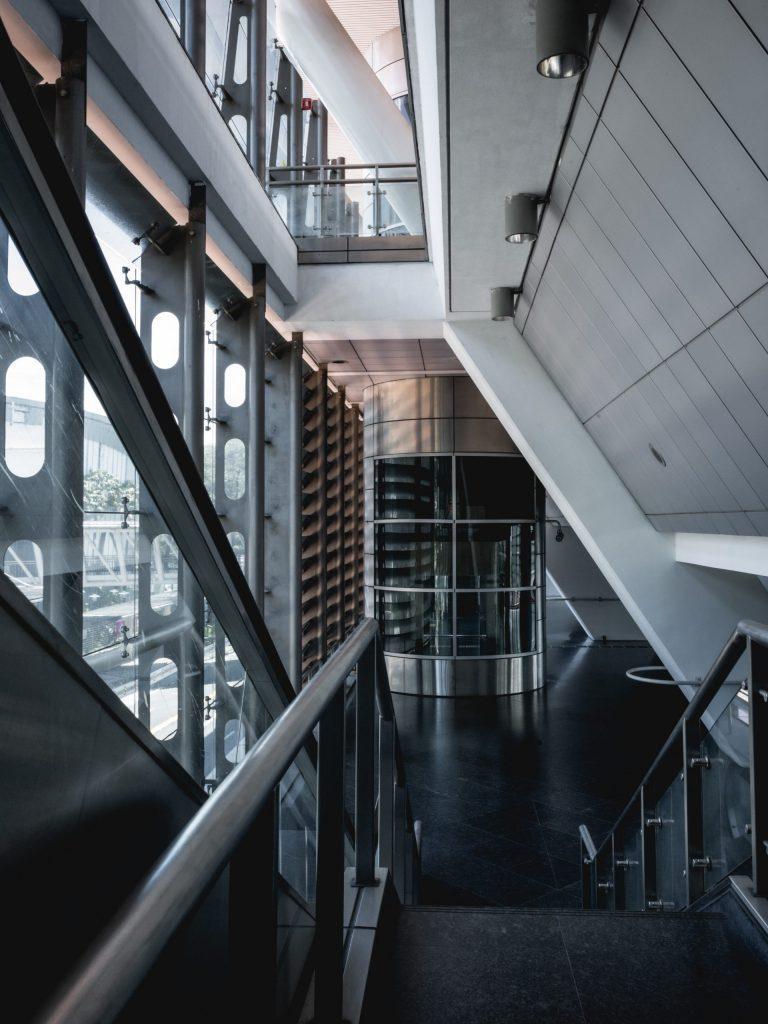
“The monotones of modern architecture” by Joseph Chua with the Leica M11-P.
How do you feel when you see the results of your photography?
I’m really delighted with the images that were captured and how it’s taken my approach to photography in a new way.
I’ve not dived into the world of black&white photography as much in the past or even learnt the power behind it. This session, I learnt how shadows can play a part in focusing, blending and hiding elements in more ways than one.
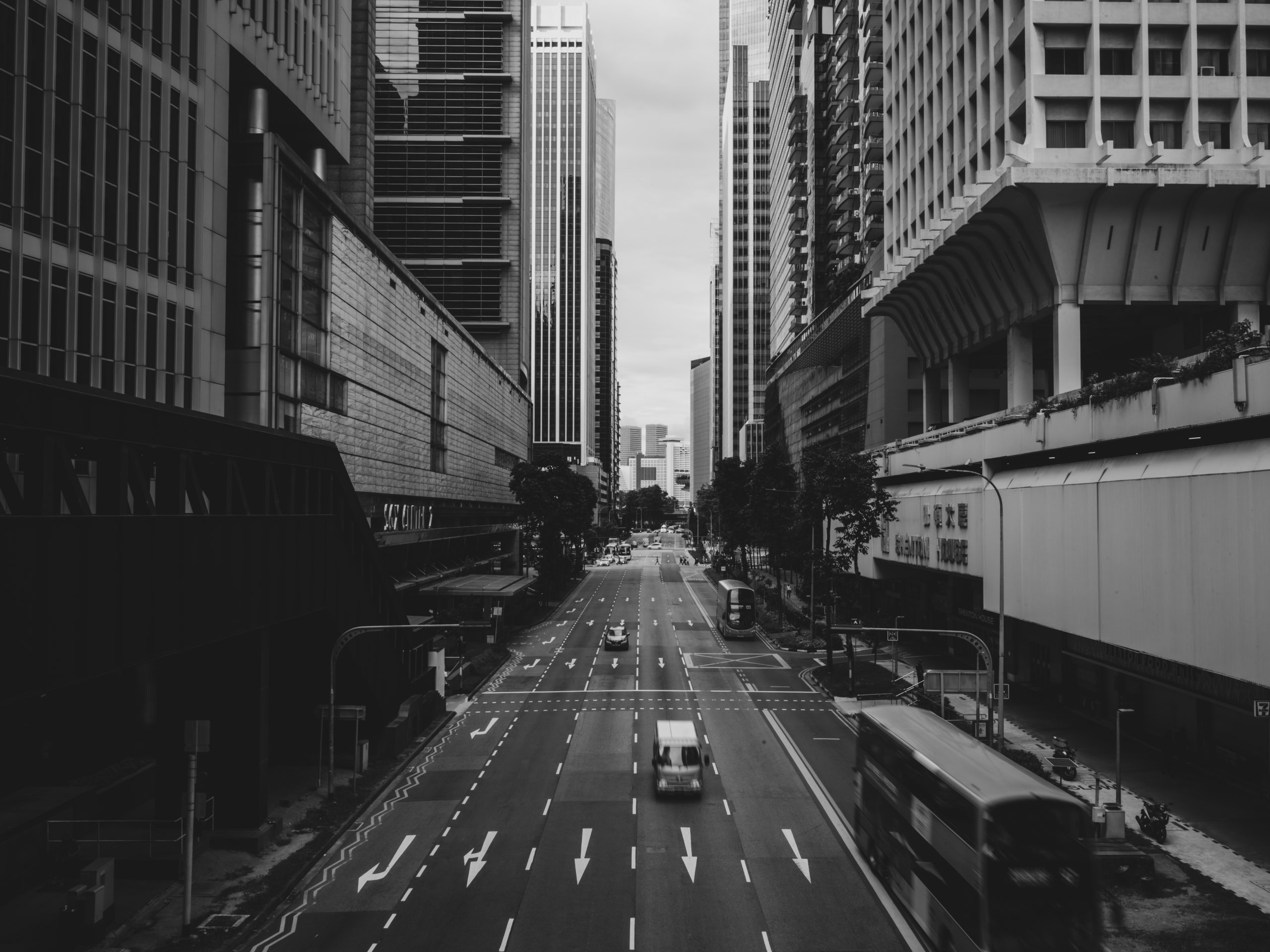
“Where dreams are built and futures are forged” by Joseph Chua with the Leica M11-P.
In what ways has your involvement in architecture shaped the subjects and style of your photographic work?
Architecture has been a huge part of my life for more than a decade. Watching the world change through the eyes of an architect allowed me to tell stories of the city, from its ancestors to its future.
Similarly, through photography I try to capture moments which signify each life milestone we live through, between man and architecture.
The Leica M11-P
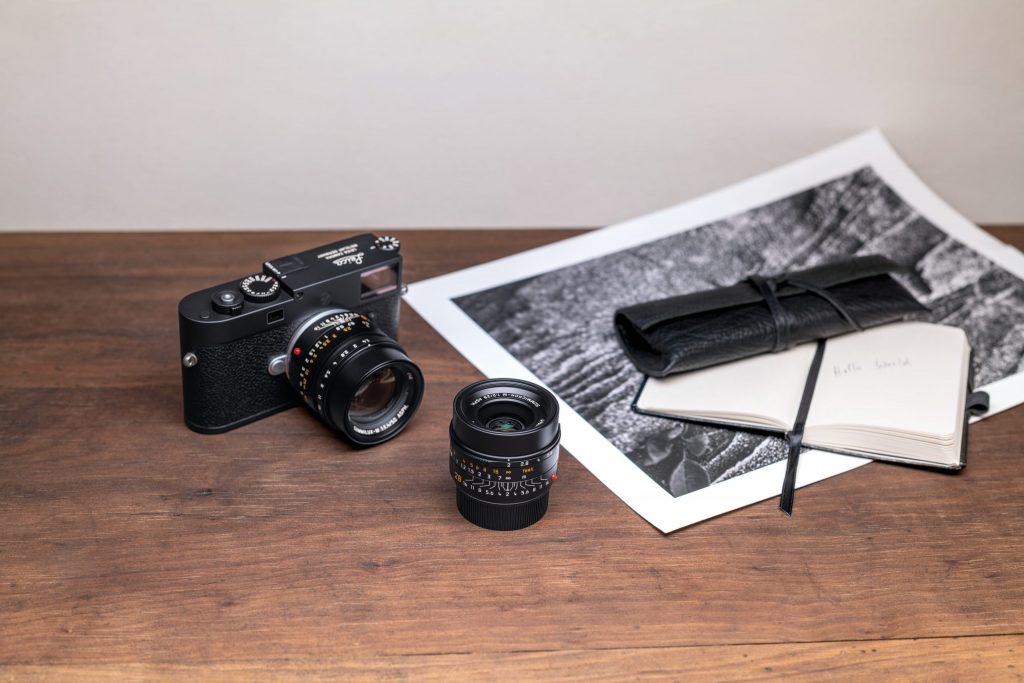
Photo credits: Leica.
The M11-P is the first camera in the world to store metadata in line with the Content Authenticity Initiative. This ensures better protection of copyrights and safeguards the trustworthiness of publications. And with a powerful 256 GB of internal memory, it has ample space. The M11-P accentuates the M series’ signature subtlety with unique features, such as the intentional absence of the red Leica dot in favour of the engraved Leica signature on the top plate. Furthermore, the M11-P is equipped with an LCD monitor made of sapphire glass – one of the hardest materials in the world.

